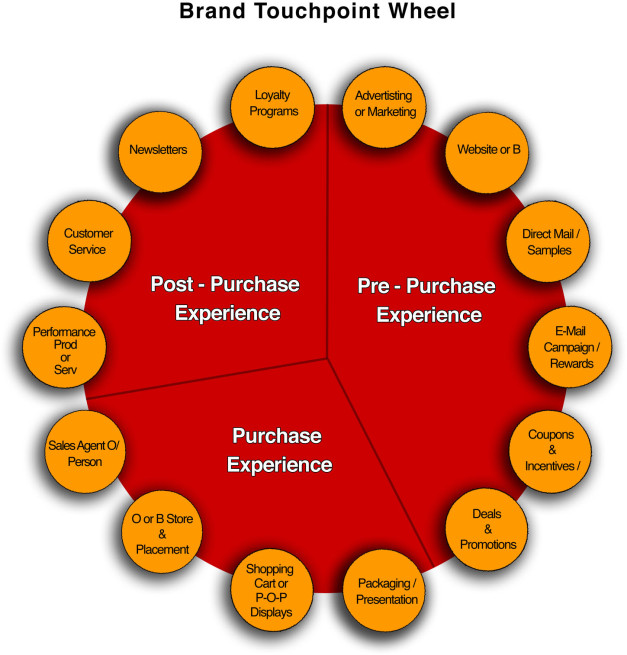
Do you know that most TV ad viewers avert their eyes the moment a company’s brand appears?
Or that 6 out of 7 “megaviral” branded videos – think Subservient Chicken and Old Spice Man – are jump-started with paid seedings?

Do you know that most TV ad viewers avert their eyes the moment a company’s brand appears?
Or that 6 out of 7 “megaviral” branded videos – think Subservient Chicken and Old Spice Man – are jump-started with paid seedings?
Have you wondered what works (and doesn’t) in Facebook?
Or how you can undo an ill conceived tweet let loose in a fit of anger?
As I was flipping through the newspapers one morning, my wife pointed out that the advertisement which Japanese clothing brand Uniqlo placed (above) was different from most other clothing retailers.
First, it focused on a single product category and showcases the range of colours and styles available. Uniqlo is clearly targeting those looking for sweat shirts with hoodies. This singular focus will appeal to customers in this category.
Wonder why you are perpetually tethered to your smartphone, refusing to put it down even when your kids are yelling at you?
Or started eating that tub of delicious Haagen Dazs ice cream, and couldn’t stop until it’s all gone.
Perhaps you’ve got a 10 year old boy who nagged you incessantly about getting him that latest Play Station Portable (PSP) which all his friends in school have.
“In a world of extreme clutter you need more than differentiation. You need RADICAL differentiation. The new rule: When everyone zigs, zag.”
That, in a nutshell, is what Zag: The #1 Strategy of High Performance Brands is all about.
With the subtitle “A Masterclass in Modern Marketing Ideas”, British marketing consultant Kevin Duncan’s Marketing Greatest Hits provides quick summaries of what he considers seminal or interesting titles and their key ideas in marketing. Touted as a “definitive compendium of everything you need to know from the best minds in modern marketing”, the book attempts to encapsulate key lessons from the discipline’s thought leaders.
Neatly organised into six chapters, Duncan’s book systematically dives into the essence of 40 books covering major themes, principles and philosophies, branding, consumer behaviours, creativity and personal organisation. Each section provides a book summary that is further crystallised into an elevator pitch of sorts called a one-sentence summary – the core idea behind a book. Examples of these include the following:

Ensure that all customer touchpoints are branded (courtesy of Marketing Brainstorm)
You’ve probably heard variations of these conversations in your own organisation:
“Our branding sucks! Let’s change our logo and splash it all over the place.”

Not everybody can brand it like Bieber (courtesy of Entertainment Earth)
Brand extensions and brand stretching are commonly used by companies wanting to expand into new product categories. According to this source, they are defined as follows:
“Brand extensions refers to the use of a successful brand name to launch new or modified products in a same broad market“ while “brand stretching refers to the use of an established brand name for products in unrelated markets“.

One of the most universally recognised symbols (Courtesy of Proclaim the Truth)
My curiosity was piqued when I read this recent post on Branding Strategy Insider about Brands and Religion.
According to the post, “religion is highly branded”, and this can be seen in the differences in how different religions are divided and further subdivided into denominations, sects, and branches.

Courtesy of fvza.org
“Brand it like Beckham” so we’ve been taught, and untold fame and fortune may just follow you.
Learn to emulate Nike’s brand success story, and be inspired by how cleverly it came up with its world famous “Swoosh” logo and its unforgettable “Just Do It” tagline.